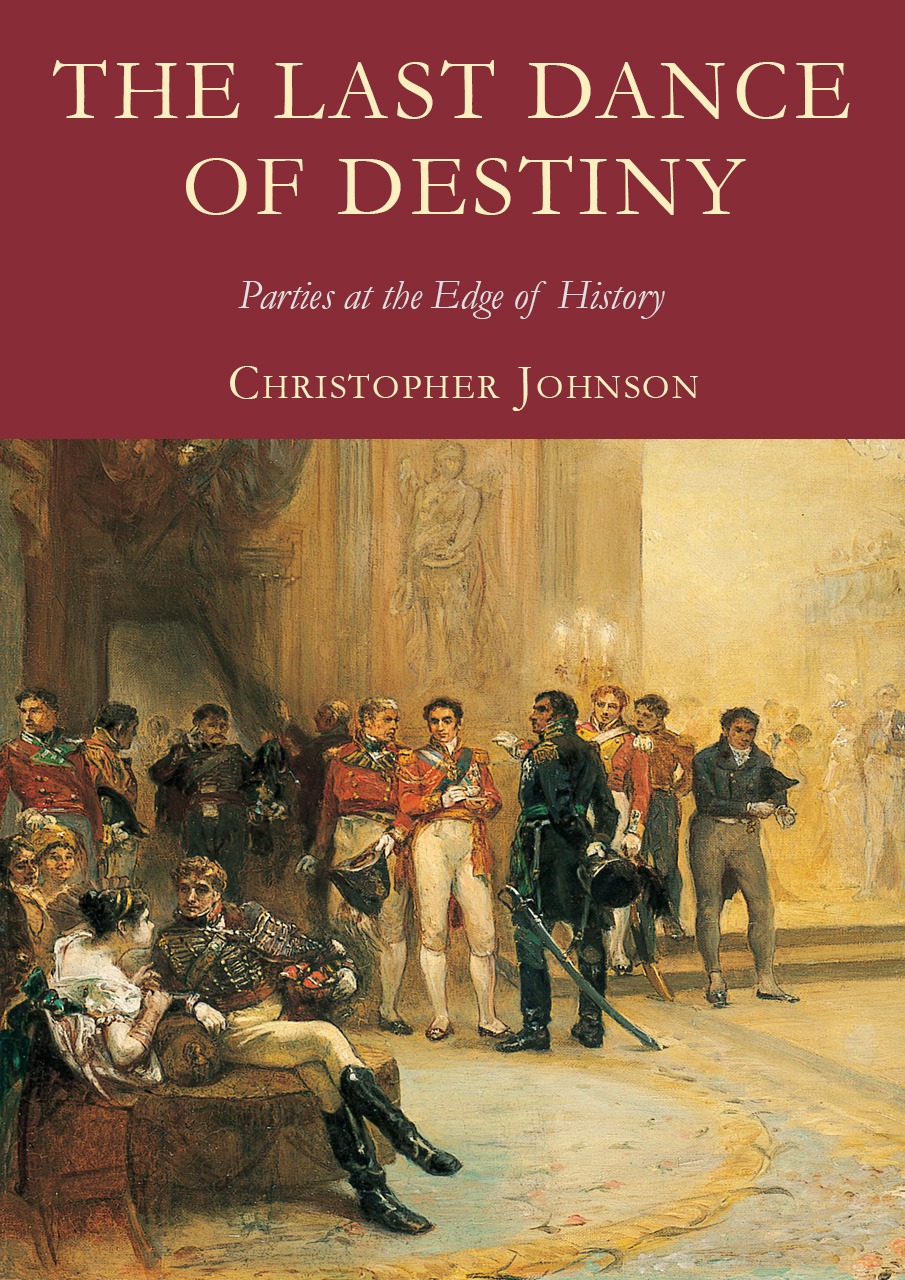A careful and moving study of how spectacle meets collapse. The Tehran section in particular balances empathy with sharp analysis, using police reports and party logistics to sketch the tension in the air. Johnson sometimes overstates the thesis, yet the craft and the accumulation of small clues make this a compelling, memorable read.
From the Duchess of Richmond's Ball in Brussels in June 1815 to the Winter Palace masquerade of 1903, from a glittering evening at Tehran's Niavaran Palace in 1978 to the neon stage of Havana's Tropicana in 1958, Christopher Johnson traces history's most fateful parties. Drawing on letters, dance cards, police reports, and menu lists, he reconstructs rooms and rhythms that masked the nearness of cannon fire, street chants, and flight plans.
With the precision of a social historian and the eye of a dramaturge, Johnson follows a torn silk slipper from Brussels to Waterloo, a penciled notation on a waltz from the Winter Palace to Petrograd breadlines, and a stained Tropicana program to the first dawn of revolution. Floor plans, seating charts, and marginalia become clues in a narrative that argues these dances were not frivolous interludes but last rites for old orders.

